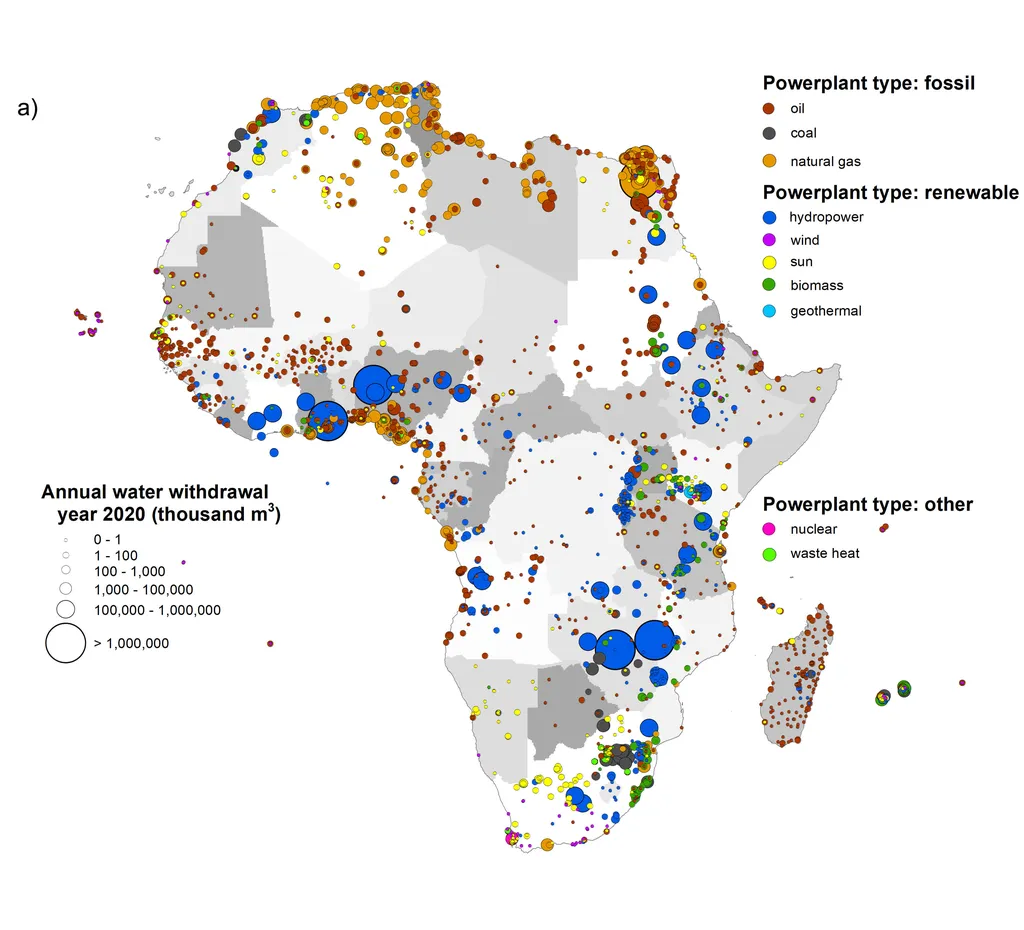In the heart of West Africa, where reliable meteorological data is crucial for agriculture, energy, and disaster management, a groundbreaking study has emerged, offering new hope for improving climate data quality. Led by Mory Toure of the Agence Nationale de l’Aviation Civile et de la Météorologie (ANACIM) and the Laboratoire de Physique de l’Atmosphère et de l’Océan–Siméon Fongang (LPAO-SF) at the Université Cheikh Anta Diop (UCAD) in Dakar, Senegal, the research evaluates machine learning techniques to impute missing meteorological data, a persistent challenge in resource-constrained settings.
The study, published in *Applied Computing and Geosciences* (translated as *Applied Computing and Geosciences*), systematically compares four imputation methods—Decision Tree (DT), Random Forest (RF), Extreme Gradient Boosting (XGB), and Ordinary Kriging (OK)—across six core meteorological variables in Senegal over a decade. By simulating realistic missing data scenarios, such as power outages and sensor failures, the research provides a robust benchmark for climate data reconstruction in regions where data gaps are common.
“Ensemble learning approaches, particularly XGB, consistently outperformed all other methods,” Toure explains. “XGB achieved the highest predictive accuracy with R² values ranging from 0.82 to 0.88, along with lower Root Mean Square Error (RMSE) and Mean Absolute Error (MAE).” Random Forest (RF) also showed strong performance, particularly for temperature variables, maintaining stability even when 20% of the data was missing. In contrast, Decision Tree (DT) performance declined sharply as data loss increased, while Ordinary Kriging (OK) struggled with the sparse distribution of meteorological stations, particularly for precipitation and wind speed.
The findings are significant for the energy sector, where accurate meteorological data is essential for renewable energy planning, grid management, and disaster preparedness. “Imputation is not a substitute for direct observations, but it is a critical complementary tool,” Toure emphasizes. “It helps fill gaps in climate data, supporting robust and resilient climate information systems that are vital for agriculture, public health, and disaster risk management under intensifying climate variability.”
However, the study also highlights challenges. Ensemble models, while powerful, require significant computational resources and hyperparameter tuning, which may limit their real-time implementation in low-resource national meteorological services. Additionally, the exclusion of satellite or reanalysis inputs may constrain model generalizability.
Looking ahead, this research could shape future developments in climate data reconstruction, particularly in regions where data gaps are prevalent. By integrating advanced machine learning techniques, meteorological agencies can enhance data completeness and reliability, ultimately supporting better decision-making in agriculture, energy, and disaster management.
As climate variability continues to intensify, the need for accurate and reliable meteorological data will only grow. This study reinforces the role of machine learning in addressing these challenges, offering a promising path forward for improving climate data quality in Africa and beyond.

